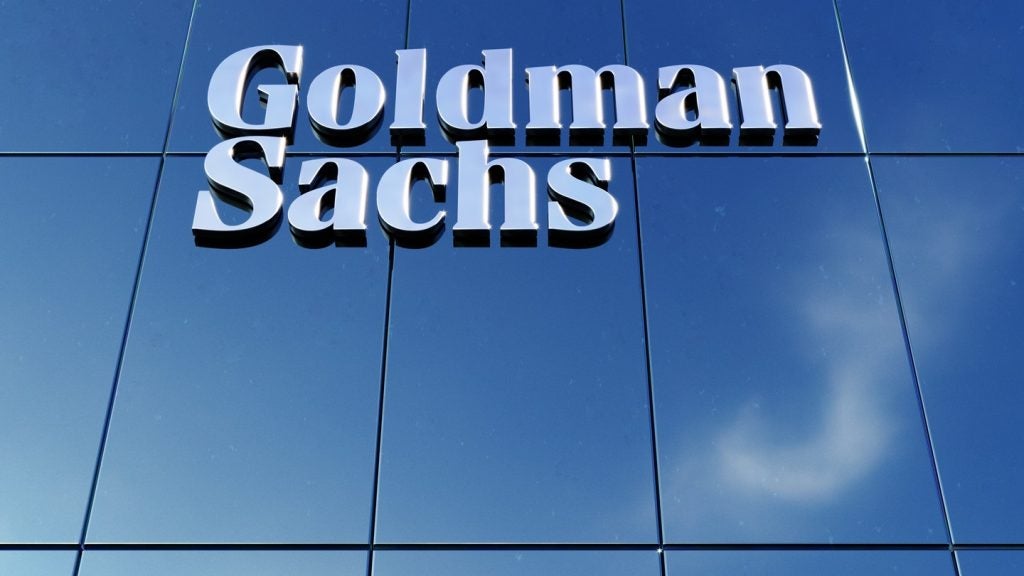While the world is still in the midst of the coronavirus pandemic, certain financial institutions are already planning for a recovery. Is is too soon to be preparing for such a thing? Patrick Brusnahan asks the experts
Stephane Monier, CIO, Lombard Odier
Some politicians have referred to the Covid-19 pandemic as a war against an invisible enemy. Financial markets have reacted to the spread of the virus with sell-offs and drying up liquidity that looks similar to the reactions seen at the start of the twentieth century’s two world wars.
As the economic expansion lengthened and broadened last year, and for the US economy became the longest on record, a key question in investors’ minds was how the cycle would end. The traditional pattern of rising inflation forcing monetary policy to turn restrictive looked increasingly implausible. As a result, an external shock started to seem the most likely alternative. At the start of the year, investors did not know what that shock might be, and looked for geopolitical threats. We know now the answer to that question.
Near-complete shutdowns of entire economies for months will inevitably have a deep impact on near-term growth. An economic contraction of possibly unprecedented depth looks likely in the first half of this year.
Nevertheless, our expectation is that, as public health measures (see chart 1) taken in Europe and North America start to become effective, the decisive fiscal and monetary measures put in place by governments and central banks will eventually kick-in. For this reason, beyond an inevitable recession in corporate earnings in the first half of this year, we expect the second six months of 2020 to see an economic recovery that returns company reporting to positive territory before the year’s end.
2019 ended with higher-than-expected returns across most asset classes, thanks in particular to the policy U-turn by central banks and early optimism over the US-China trade truce that had halted the escalation of new import tariffs. At the start of this year, we still faced low but stable growth and a low interest rate environment, but consumer spending had proven resilient.
How well do you really know your competitors?
Access the most comprehensive Company Profiles on the market, powered by GlobalData. Save hours of research. Gain competitive edge.

Thank you!
Your download email will arrive shortly
Not ready to buy yet? Download a free sample
We are confident about the unique quality of our Company Profiles. However, we want you to make the most beneficial decision for your business, so we offer a free sample that you can download by submitting the below form
By GlobalDataAt that time, we favoured carry strategies for multi-asset portfolios, such as emerging market debt in hard currency, real estate, infrastructure and high yield credit. In contrast, we maintained a slightly underweight position in equities and, with negative yields on sovereign bonds, had a number of alternative portfolio hedges in place, including gold and put options. By the middle of January, we began adding US Treasuries to portfolios, which offered both yield and a hedge.
As quarantine measures have moved from Asia to Europe and North America, containment efforts are slowing and shutting down economies. Based on the epidemic’s trend in China and South Korea, markets are expecting that a peak in cases in the rest of the world is still a number of weeks or even months away.
Dean Turner, UK economist, UBS Wealth Management
Market volatility persists as investors wrestle with the fallout from the ongoing spread of the coronavirus. The UK has been front and centre of the volatility, with sterling hit hard as investors have liquidated their assets and switched into the safe haven that is the US dollar.
Last week we saw further coordinated intervention from the government and the Bank of England (BoE). A package amounting to around 15% of GDP was made available to support firms through this period of economic disruption alongside more spending. The BoE responded to stress emerging in the markets by slashing interest rates to 0.1%, the lowest level on record. It also restarted its quantitative easing (QE) programme to the tune of £200bn. The size of the QE programme is larger than expected, and the commitment to deploy these funds as soon as possible also came as a surprise.
In normal times a fiscal and monetary response of this magnitude would be enough to ease concerns, but the unique nature of the current crisis demands more. The social distancing measures put in place to slow the spread of the virus threaten tens of thousands of jobs up and down the country. The possibility of spiking unemployment prompted chancellor Rishi Sunak to launch a new fiscal package aimed at protecting jobs. The eventual size of the programme is unknown and could run to billions. If 10% of employees are affected, it could cost the government £10bn over three months.
An economic slowdown is coming, and there is very little that the policy easing already announced can do to prevent the economy from contracting in the short term. Slowing the spread of the virus requires economic activity to slow too. Gauging the depth of the decline in activity is currently a matter of speculation, though its seems fair to argue that it will likely depend on two key factors.
The first is how far social distancing policies will go; UK is now in a similar place to Italy, France and Spain. The second is the duration of those measures. The prime minster hinted last week that he expects us to be over the worst in 12 weeks. Some say this is too optimistic, others too pessimistic. In either case, the measures implemented are already enough to cause a sharp contraction in GDP.
As the rate of infections continues to rise, the news flow is all one-way. And sentiment in the markets is following. But we should not lose sight of the fact that this crisis will pass. Indeed, amid all the negative news, the success in containing the coronavirus in China and other Asian countries is being overlooked. And this is where the coordinated policy response will really matter. Assuming that firms and workers emerge from the crisis relatively unscathed, fiscal and monetary easing should lay the foundation for a swift rebound for the economy.
An economic recovery, when it materialises, is not consistent with the pound at its current levels. A number of factors have prompted the pound’s slump. Demand for safe-haven dollars is one, but the UK’s reliance on the “kindness of strangers” is also important given its large current account deficit. In our view, the UK will cope no worse than others in the downturn, nor will it miss out on the rebound. Thus, we still think that sterling can trade higher by the end of the year.







